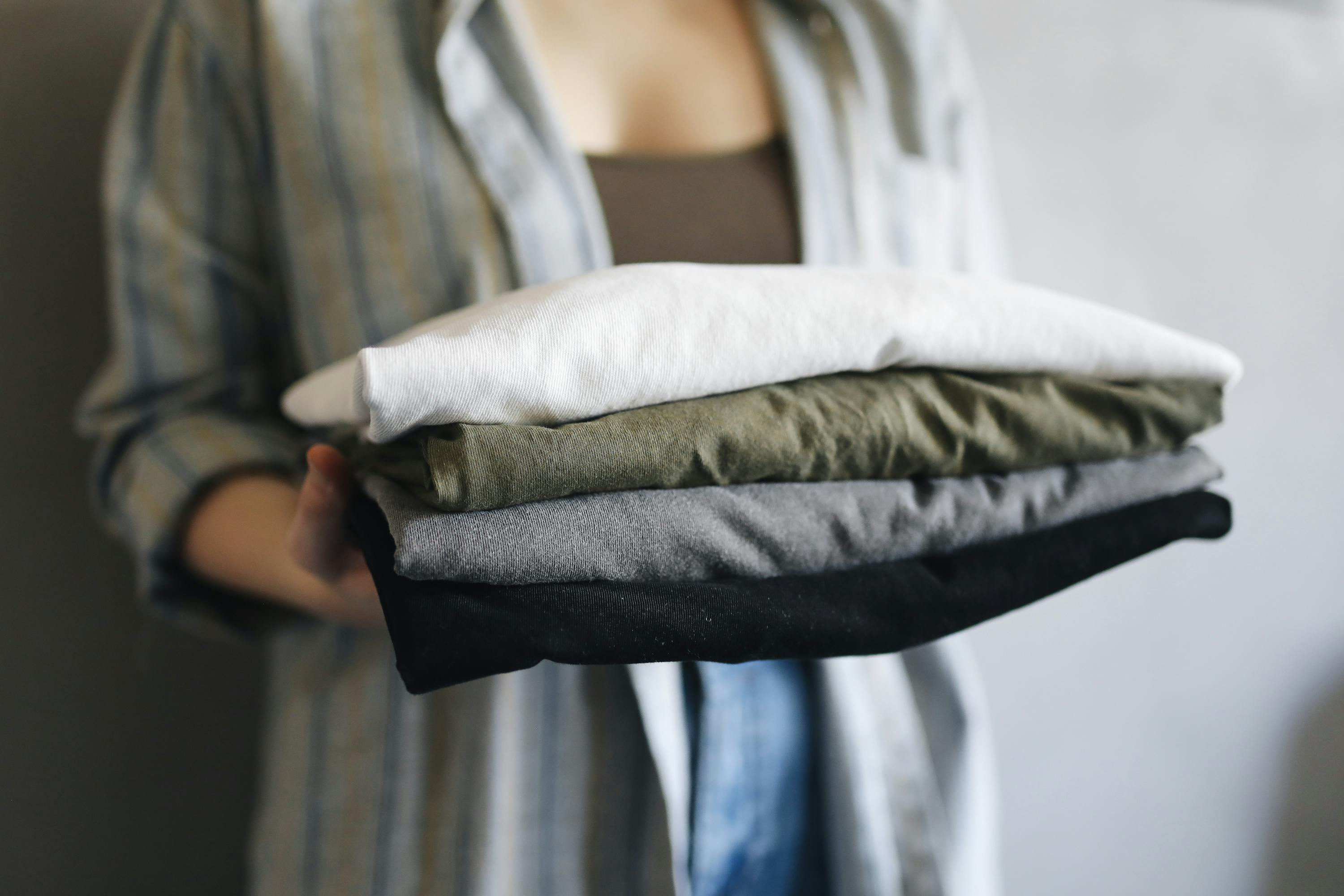As a small business owner, you know how important it is to have high-quality products that impress your customers. When it comes to creating t-shirts with unique designs, direct to film (DTF) printing is a popular method that produces excellent results. But to ensure your transfers are the best they can be, there are a few things you should keep in mind. In this blog post, we’ll go over some tips to help you make the best transfers for shirts with DTF printing.

Tips for Making DTF Transfers for Shirts | Use Appropriate Printer Software
As a direct to film printing expert, I want to emphasize the importance of utilizing RIP software for achieving vibrant prints. By using the appropriate software, you can ensure that your artwork is optimized for the DTF printer. These printers are capable of handling a variety of file types, making it easy to create DTF transfers for shirts and other materials. It’s essential to choose carefully to get the most out of your DTF printing technology. By taking advantage of the right software, you can enhance your work and deliver high-quality prints that will impress your clients and customers. So, take your time to explore your options and choose the ideal software for your business needs – your artwork will only look better for it.

Use High-Quality Transfer Film to Make DTF Transfers for Shirts
Using high-quality direct to film transfer paper is pivotal in creating superior transfers for shirts. The quality of the film directly correlates with the resolution and color accuracy of your transfers, meaning that a higher grade film typically yields a better overall outcome. When choosing your film, we highly recommend PET (Polyethylene Terephthalate) transfer film. PET is known for its exceptional clarity and dimensional stability, attributes that contribute significantly to a high-resolution, vibrant transfer.
Moreover, it offers excellent mechanical properties, including flexibility and strength, making it a durable option for long-lasting transfers that resist cracking and peeling. Furthermore, PET film is chemically resistant, ensuring your transfers don’t degrade over time due to exposure to washing chemicals.
Apart from the type of film used, another factor to consider is the thickness of the film. While thinner films may provide a “softer” finish, they can be more challenging to work with and may not last as long. Thicker films, on the other hand, are more robust and durable but may feel heavier on the garment.

When creating DTF transfers for shirts, it’s crucial to strike a balance that considers both your printing needs and your end-users’ comfort. If you’re just getting started, it might be worth experimenting with different thicknesses to see what works best for you.
Remember, the key to achieving the best transfers lies not only in selecting a high-quality film but also in correctly using and processing it. Always follow the manufacturer’s instructions to realize the full benefits of the film. By investing in high-quality transfer film and employing the appropriate techniques, you can consistently create top-notch transfers that retain their visual appeal wash after wash.

Choose the Right Ink to Make DTF Transfers for Shirts
When selecting inks for direct to film printing, it’s essential to consider the color range your printer supports. Most DTF printers operate within the CMYK (Cyan, Magenta, Yellow, and Key, or Black) color model. This color model is widely used in the printing industry due to its ability to produce a broad spectrum of colors. In addition, you should look for DTF inks that provide excellent color accuracy and vibrancy, as well as durability.

Pay Attention to the Printer Settings
Paying attention to your printer settings is a critical aspect of producing high-quality direct to film transfers. The ink density and resolution settings, in particular, can significantly influence the outcome of your transfers. The ink density setting controls how much ink is applied to the film during printing. Setting this too high can result in overly saturated prints that take longer to dry and may smudge, while setting it too low can lead to faded, dull prints.
For optimal results, it’s generally recommended to go for a higher density setting. This setting causes more ink to be deposited on the transfer paper, leading to a thicker transfer that adheres more effectively to the fabric. The result is a vivid, high-contrast image that resists fading even after multiple washes.

Resolution settings also play a key role in the quality of the finished product. Higher resolution settings result in sharper, more detailed transfers. For instance, a setting of 300 DPI (dots per inch) will produce a higher quality image than a setting of 150 DPI. However, higher resolution settings may also use more ink and take longer to print.
When creating DTF transfers for shirts, it’s essential to find a balance that suits your specific needs and preferences. Experimenting with different settings on various types of fabric can help you determine what works best for your particular design and printing process. Remember, producing the best direct to film transfers isn’t just about using the right materials – it’s also about fine-tuning your printer settings for optimal results.

Test Your DTF Transfers for Shirts
Before you begin mass producing your transfers for shirts, it’s essential to conduct tests on various fabric types and colors. This preliminary step can reveal potential problems and allow you to adjust your printer settings accordingly. Experiment with a range of fabrics – from cotton and polyester to blends and more.
Also, test on different colors, especially if your design incorporates vibrant or contrasting hues. By doing so, you can identify how your transfers react to different materials and shades, ensuring the highest quality output. Irrespective of whether you’re working with white, black, or colored fabrics, this testing phase is crucial to achieving consistently excellent results across all your apparel products.

Use Appropriate Heat Press Settings when Applying Your DTF Transfers for Shirts
When it comes to custom transfers for shirts, it’s essential to utilize a high-quality heat press and appropriate heat press settings to ensure top-notch results. Properly positioning your artwork on the film is also critical in achieving a clean and precise transfer.
At the end of the day, providing your customer with the best possible DTF heat transfers will not only ensure their satisfaction, but it will also reflect positively on your business. So, take pride in your work and use the proper tools and settings to create high-quality direct to film transfers.

Take Care of Your DTF Transfers for Shirts
Taking care of your transfers is an essential step in maintaining the quality and durability of your printed apparel. To achieve optimal results, it’s crucial to adopt appropriate washing practices. Always wash your shirts in cold water. This helps in preserving the integrity of the transfer and prevents color bleeding. It’s also advisable to avoid the use of bleach or fabric softeners. These additives contain harsh chemicals that can deteriorate the transfer over time, leading to fading or cracking.
In addition to mindful washing, how you dry your shirts also matters. Instead of using a dryer, which exposes your shirt transfer to high heat and may cause damage to the transfer, opt for hang drying. This method allows your shirts to dry naturally and gently, ensuring the longevity and vibrant colors of your transfers. This combination of careful washing and drying techniques will significantly extend the life of your transfers, keeping your shirts looking vibrant and professional for a longer period.

How do DTF Transfers for Shirts Compare to Other Transfer Methods?
As a direct to film printing expert, I can confidently say that DTF transfers offer numerous benefits over other transfer methods. Unlike screen print transfers, which require screens to be made for each color, DTF transfers are created by printing an image directly onto a specialized film, which is then transferred to the item being printed. This process not only saves time and money, but also allows for a higher level of detail and color accuracy than traditional screen printing.
Additionally, DTF transfers are more durable and long-lasting than other transfer methods, making them an excellent choice for printing items that will be subjected to heavy wear and tear. Overall, if you are looking for a superior transfer method for your screen printed designs, DTF transfers are definitely worth considering.

Elevate Your Transfers for Shirts with DTF Transfers Conclusion
Creating high-quality and unique transfers for shirts through direct to film printing is an art that requires careful consideration of various factors. By leveraging appropriate RIP software, you can optimize your designs for DTF printers, thereby enhancing the appearance of your final prints. In addition, selecting high-quality transfer film, like PET, and fine-tuning your printer settings can significantly influence the resolution, color accuracy, and durability of your transfers.
An essential aspect of the process is testing your transfers on different fabric types and colors to ensure uniform excellence across all your products. Using the correct heat press settings and taking care of your transfers post-application, particularly in terms of washing and drying practices, will also contribute to maintaining the quality of your printed apparel. Lastly, understanding how DTF transfers compare to other transfer methods can help you make an informed decision about which process is best suited to your business needs.
In conclusion, mastering DTF printing lies in attention to detail, thorough testing, and adherence to best practices. By doing so, you can consistently produce impressive transfers that set your business apart. For all your direct to film transfer needs, look no further than Limitless Transfers – your trusted partner for superior DTF solutions, shipping right to your door!




